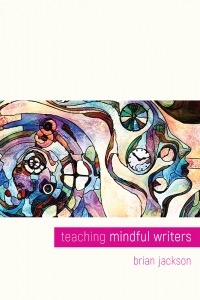teaching
Select an item by clicking its checkbox
Teachers are people who plan. We cross classroom thresholds with worn briefcases bulging with written lectures clearly forecasted in thick, detailed, syllabi. Entire curriculums are planned three, four, five years into the future. Course learning outcomes are carefully aligned with degree programs and degree programs are carefully align with budgets – ...
I have been a consultant for the Wabash Center for more than a decade now, and I still often wonder what I am supposed to be doing when I consult, and how I should be doing it. Supporting colleagues in the intimate and courageous act of opening up their teaching ...
Throughout the spring and summer, from my porch, and in the comfort of my rocking chair, I had noticed bats feeding on insects under the street light. Then, on Sunday night, a bat came into my house. Sitting up in bed, reading on my iPad, I was enjoying an uneventful ...
In the early sixties, our three-generational family lived in a tight-knit African American community in north Philly. Van Pelt Street, just off of Diamond Street, was a long city block of home owners who knew each other, looked out for each other, and cared for all the families on the ...
Date Reviewed: June 17, 2021
Relying on the most ...
Relying on the most recent research in writing studies and learning theory, Jackson gives new teachers practical advice about setting up writing tasks, using daily writing, leading class discussions, providing feedback, joining teaching communities, and other essential tools that should be in every writing teacher’s toolbox. Teaching Mindful Writers is a timely, fresh perspective on teaching students to be self-directed writers. (From the Publisher)


